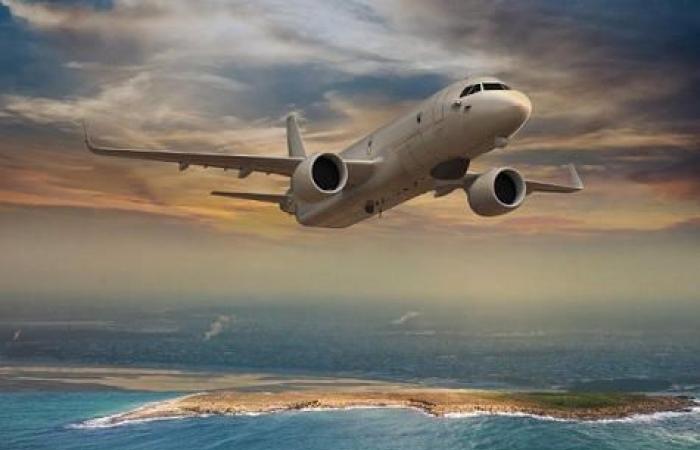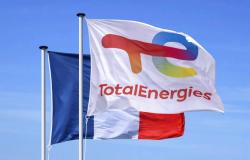In March 2021, the CEO of Dassault Aviation, Éric Trappier, did not hide his annoyance about the MAWS program [Maritime Airborne Warfare System]launched three years earlier by France and Germany in order to replace the Atlantique 2 of the French Navy and the P-3C Orion of the Deutsche Marine with a “system of systems” to be based on a new maritime patrol aircraft.
And for good reason: at the time, Dassault Aviation, whose reputation in this area was well established, had been excluded from the feasibility and system architecture study, this having been entrusted to a group formed by Thales and three German companies, including Hensoldt, ESG [Elektroniksystem] and Diehl.
“We put the only one who knows what he’s talking about out,” Mr. Trappier quipped. “Who has had experience with maritime patrol aircraft since 1958? Who else? We made the Atlantic, we made the Atlantic 2. We made the modernization of the Atlantic 2. We made OCEAN [Optimisation continue de l’entretien de l’Atlantique 2, c’est-à-dire le contrat verticalisé des avions de patrouille maritime, ndlr]. We are building maritime surveillance planes. Our skills are there and we are not in the MAWS table,” he lamented.
However, the German decision to accelerate the withdrawal of its P-3C Orions by replacing them with P-8A Poseidon acquired from Boeing dealt a blow, undoubtedly fatal, to the MAWS. This put Dassault Aviation back in the saddle for the succession of the Atlantic 2. And this while it was considering developing a solution based on the Falcon 10X, with a range of 14,000 km.
Thus, in January 2023, the General Directorate of Armaments [DGA] notified him of an architectural study concerning the “maritime patrol system of the future”. However, it did the same with Airbus Defense & Space, which intended to offer an A320 transformed into a maritime patrol aircraft [A320 MPA].
According to the DGA, the two industrialists were then to submit proposals for an “economically interesting solution meeting the operational needs of the French Navy for the post-2030 horizon”, while leaving the door open to “cooperation with other potentially interested European partners. And to specify that the innovations envisaged should “concern the improvement of sensors, means of communication, the introduction of logic based on artificial intelligence or the integration of weapons, in particular the future anti-missile ship “.
The studies notified to Dassault Aviation and Airbus were to last eighteen months. However, their results have still not been communicated by the DGA. However, rumors are rife… especially since the two competing devices were highlighted during the Euronaval 2024 show.
And obviously, even if we must always be careful until an official announcement has been made, the Falcon 10X would not constitute the solution favored by the DGA and the French Navy to replace the Atlantic 2 on the horizon 2030. Indeed, according to information from La Tribune, the PATMAR version of the A321XLR would have been preferred. And to specify that the “decision was communicated to the two manufacturers”.
For the moment, Dassault Aviation and Airbus Defense & Space have not made any comments. Same thing for the DGA.
A priori, the capacity to carry munitions, such as the future FMAN anti-ship missile developed by MBDA, was a determining criterion for the choice of the A321MPA. As well as the possibility of taking on a second crew for long-term missions. However, its cost is high since it is of the order of a hundred million euros.






